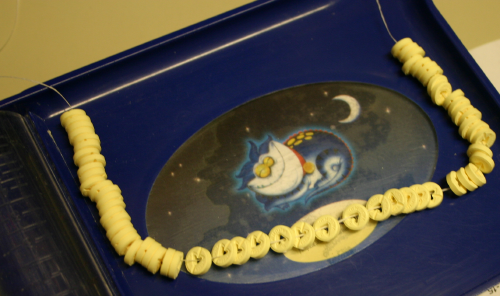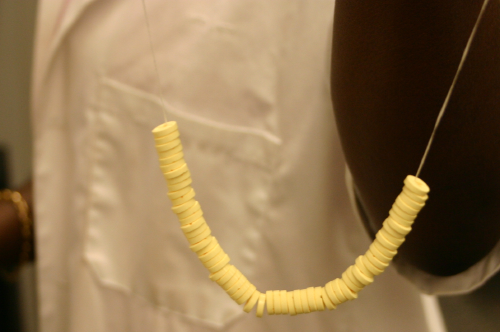The folks in Tulsa, Oklahoma recently dug up a car that was buried as a time capsule in 1957. They put a few things in the car before they buried it:
In the trunk, workers meticulously pulled out some of the objects buried with the two-door hardtop to celebrate Oklahoma’s 50 years of statehood a 5-gallon can of leaded gasoline, which went for 24 cents a gallon in those days, and rusted cans of Schlitz beer.
The contents of a “typical” woman’s handbag, including 14 bobby pins, lipstick and a bottle of tranquilizers, were supposed to be in the glove box, but all that was found looked like a lump of rotted leather.
Tranquilizers: the solution to all women’s ills in the days before men took them seriously. Dysmenorrhea? Have some Valium. Bad day? Valium. Kids acting up? Valium. Dinner didn’t come out right? Sprinkle some Valium on it.
So let’s see. If I were a bottle of tranquilizers back in 1957, what would I be?
The first benzo approved was Librium, which was discovered in 1954, and re-discovered again in 1957. So it’s probably not Librium. Valium, of course, is newer, having been approved in 1963.
The other possibility might be methaqualone (Quaalude), which was discovered in 1955, but wasn’t popular until the 60’s.
My guess would have to be phenobarbital which was approved back in 1912. What’s your guess?
[tags]History, women’s issues, tranquilizers[/tags]



